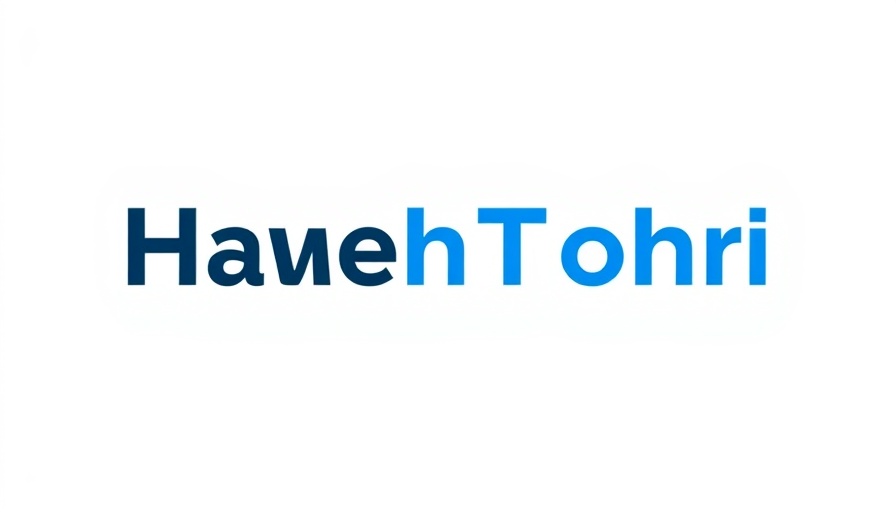
Shifting Dynamics in the Housing Market: What Homeowners Need to Know
As the summer of 2025 unfolds, significant shifts in the housing market are redrawing the landscape for both buyers and sellers. For the first time in years, homeowners are witnessing a market where their negotiating power may not be as strong as it once was, with inventory hitting a five-year high. With 1.36 million homes for sale in June, many are left to ponder: what does this mean for homeowners trying to sell their property?
Understanding the Inventory Surge
According to Zillow, June's inventory marks the highest level of homes for sale since November 2019. This surge can be attributed to a combination of increased new constructions and sellers finally feeling confident enough to return to the market. The trend indicates that the balance has shifted towards buyers’ favor in nearly 28 of the 50 largest metropolitan areas in the U.S. Although this might suggest a thriving opportunity for potential buyers, it poses unique challenges for current homeowners looking to sell.
Affordability Challenges in a Changing Market
Despite the increasing number of available homes, affordability remains a hurdle for many. As Zillow's senior economist Kara Ng points out, while buyers enjoy more options, a significant barrier still stands in the form of high prices and elevated borrowing costs. Many who wish to enter the market, especially first-time homebuyers, may find the path to ownership still blocked by these affordability challenges.
Cutting Prices: The New Norm?
A notable trend accompanying this supply increase is the rise in price reductions. In June, a startling 26.6% of homes listed experienced price cuts, the highest rate recorded in a June since 2018. Areas that initially saw rapid price increases during the pandemic, particularly in the Sun Belt and Mountain West, are now more likely to amend their pricing expectations. Homeowners aiming to sell must now prepare for realistic price adjustments to attract potential buyers.
Implications for Potential Sellers
For current homeowners, navigating this new market requires keen awareness of strategies to effectively list homes. To stand out in a crowded field, sellers must optimize their listings, offer competitive pricing, and make necessary home improvements that enhance curb appeal—factors more crucial than ever before. The current average time for homes on the market is approximately 19 days, just a day faster than pre-pandemic averages, suggesting that while homes are becoming available, they are not flying off the shelves as they once did.
The Importance of Market Awareness
As homeowners consider listing their properties, keeping informed about market trends is vital. With rising competition among sellers, individuals must adapt quickly—strategically pricing homes and emphasizing unique features that set their property apart. Leveraging online resources such as Zillow’s market heat index can provide valuable insights into local market conditions and buyer preferences.
Future Market Predictions and Trends
Looking ahead, Zillow forecasts that the inventory deficit will continue to shrink, potentially bringing inventory closer to pre-pandemic levels by year-end. This could create a more balanced market, yet challenges around affordability may remain. Homeowners should prepare to navigate these complexities with an eye toward potential future market shifts.
Final Thoughts: Making Informed Decisions
In a rapidly changing housing market, homeowners must stay vigilant and informed. As the landscape morphs, so do the strategies for selling and buying homes. By embracing the realities of the current market dynamics, homeowners can make informed decisions that not only benefit them in the present but also pave the way for future opportunities.
 Add Row
Add Row  Add
Add 




Write A Comment